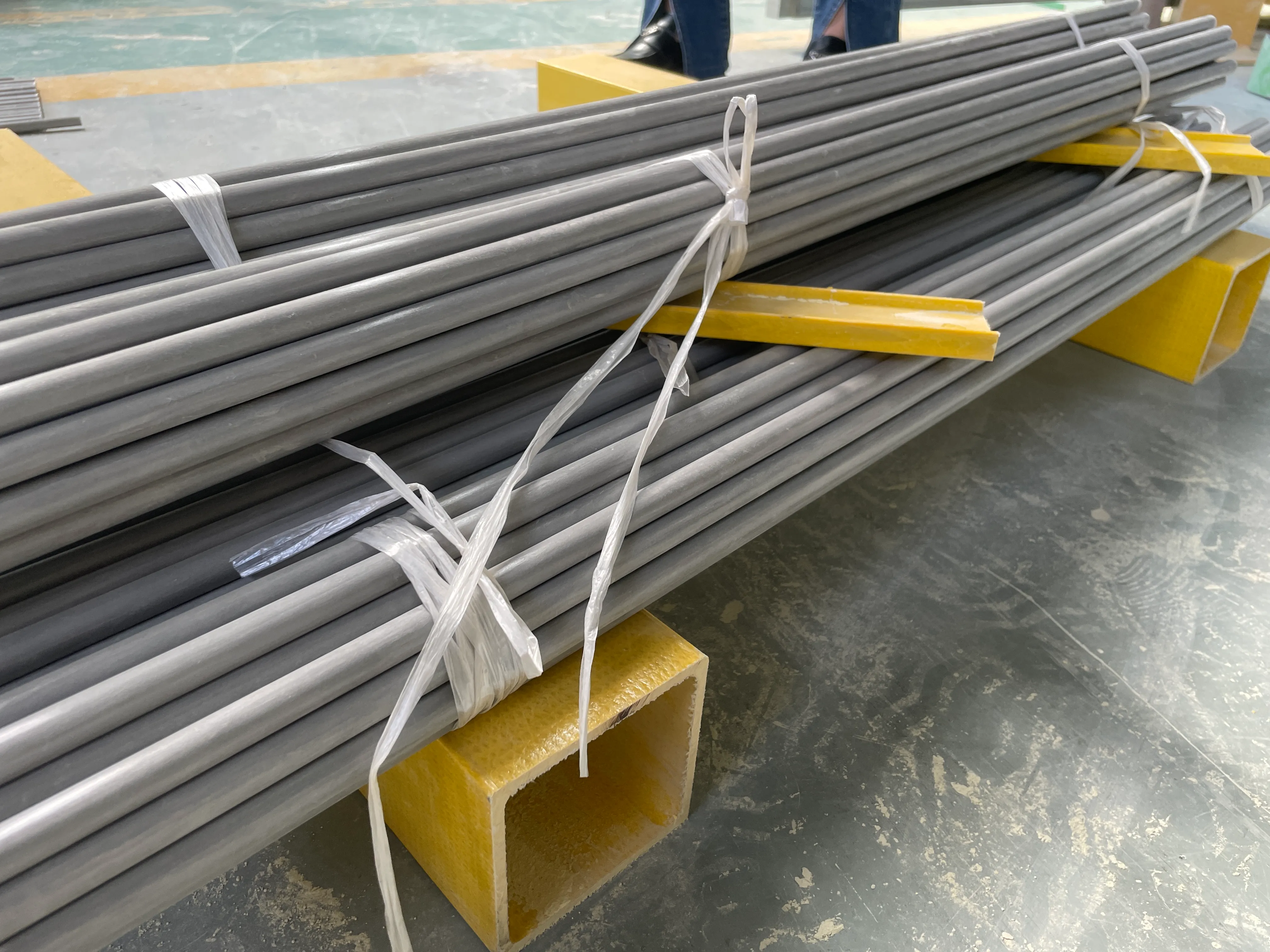loading...
- No. 9, Xingyuan South Street, Dongwaihuan Road, Zaoqiang County, Hengshui, Hebei, China
- admin@zjcomposites.com
- +86 15097380338
- Welcome to visit our website!
frp rod
Understanding FRP Rods Applications, Benefits, and Future Prospects
Fiber Reinforced Polymer (FRP) rods have emerged as a revolutionary material in the field of construction and infrastructure. Combining the properties of fiber reinforcement with polymer matrices, FRP rods offer a range of advantages that make them suitable for various applications, from civil engineering to aerospace. In this article, we will explore the characteristics, benefits, applications, and future prospects of FRP rods.
What is FRP?
FRP is a composite material made from a polymer matrix reinforced with fibers. These fibers can vary in type; common examples include glass, carbon, and aramid fibers. The polymer component provides flexibility and durability, while the fibers add strength and stiffness. The result is a lightweight yet strong material that can outperform traditional materials such as steel and concrete in several aspects.
Key Characteristics of FRP Rods
1. Corrosion Resistance One of the most significant advantages of FRP rods is their resistance to corrosion. Traditional materials, especially steel, are susceptible to rust and deterioration when exposed to harsh environments, including saltwater and chemicals. FRP rods, on the other hand, remain intact, ensuring a longer lifespan.
2. High Strength-to-Weight Ratio FRP rods are lightweight compared to steel or concrete, making them easier to transport and handle. Despite their lightness, they possess a high strength-to-weight ratio, making them ideal for applications where weight reduction is crucial.
3. Design Flexibility FRP rods can be manufactured in various shapes and sizes to suit specific engineering requirements. This versatility allows for innovative designs in construction projects, enabling architects and engineers to push the boundaries of traditional structural design.
4. Thermal Stability FRP rods offer excellent thermal stability, making them suitable for use in environments that experience extreme temperature variations. They do not expand or contract as significantly as other materials, which reduces the risk of structural failure.
Applications of FRP Rods
frp rod

FRP rods have found applications across various fields, including
1. Construction In civil engineering, FRP rods are used for reinforcing concrete, bridges, and other structures. They can replace traditional steel rebars, significantly enhancing the durability and performance of the construction.
2. Aerospace The lightweight characteristics of FRP rods make them highly desirable in the aerospace industry. They are used in building components of aircraft and spacecraft, reducing weight without compromising strength.
3. Marine Applications Due to their corrosion resistance, FRP rods are widely used in marine environments. They are employed in constructing docks, piers, and other structures that come into contact with seawater.
4. Energy Sector FRP rods are utilized in wind energy applications, particularly in the manufacture of turbine blades. Their lightweight and strong nature contribute to the efficiency and performance of wind turbines.
Future Prospects of FRP Rods
As technology advances, the demand for lighter, stronger, and more durable materials will continue to grow. The future of FRP rods looks promising, with ongoing research focused on improving their properties, reducing manufacturing costs, and broadening their applications. Innovations in manufacturing processes, such as 3D printing and hybrid composite materials, may further enhance the effectiveness and versatility of FRP rods in various industries.
Conclusion
In summary, FRP rods represent a significant advancement in material technology, showing immense potential in a variety of applications from construction to aerospace. Their unique properties, such as corrosion resistance, lightweight structure, and design flexibility, offer numerous benefits compared to traditional materials. As industries continue to seek innovative solutions to meet the demands of modern infrastructure and construction, FRP rods are likely to play an increasingly vital role in shaping the future of materials engineering. With ongoing research and technological advancements, we can expect to see even more applications and improvements in the capabilities of FRP rods for years to come.
-
The Power of Filter VesselsNewsMay.19,2025
-
The Benefits of FRP WalkwaysNewsMay.19,2025
-
The Benefits of FRP Vessels: 1054 FRP VesselNewsMay.19,2025
-
FRP Pressure Vessels: Leading the Way in Innovation and ReliabilityNewsMay.19,2025
-
Explore the Benefits of FRP Grating for Your Industrial NeedsNewsMay.19,2025
-
Discover the Advantages of GRP GratingsNewsMay.19,2025
-
Revolutionary Modular Handrail Systems Redefine Safety StandardsNewsMay.15,2025
